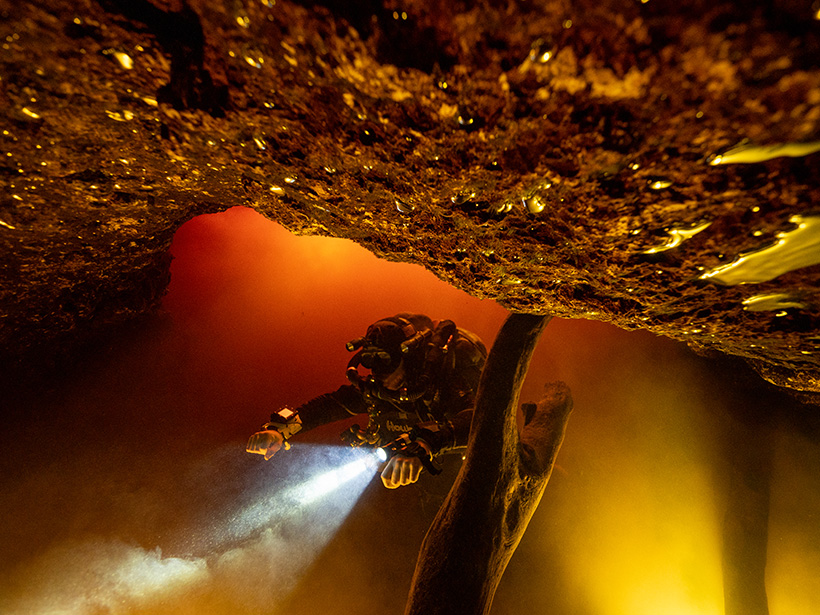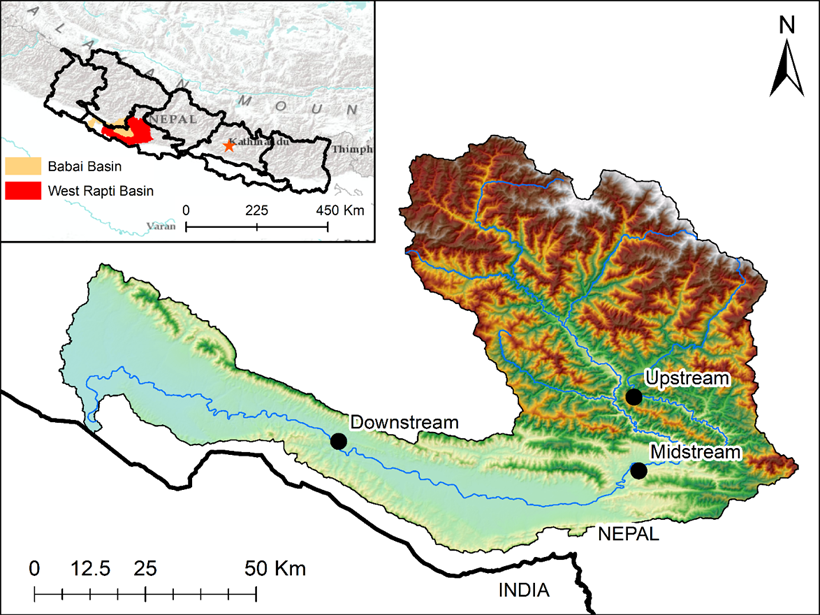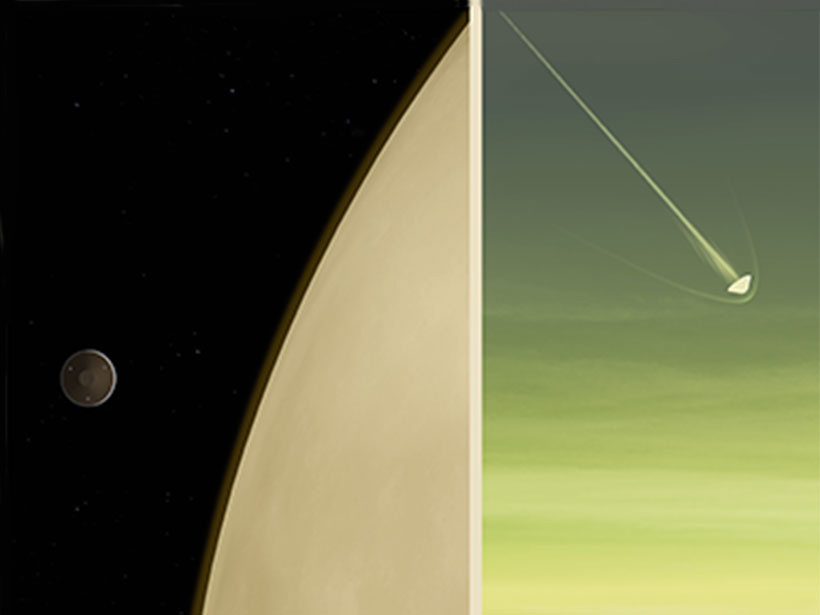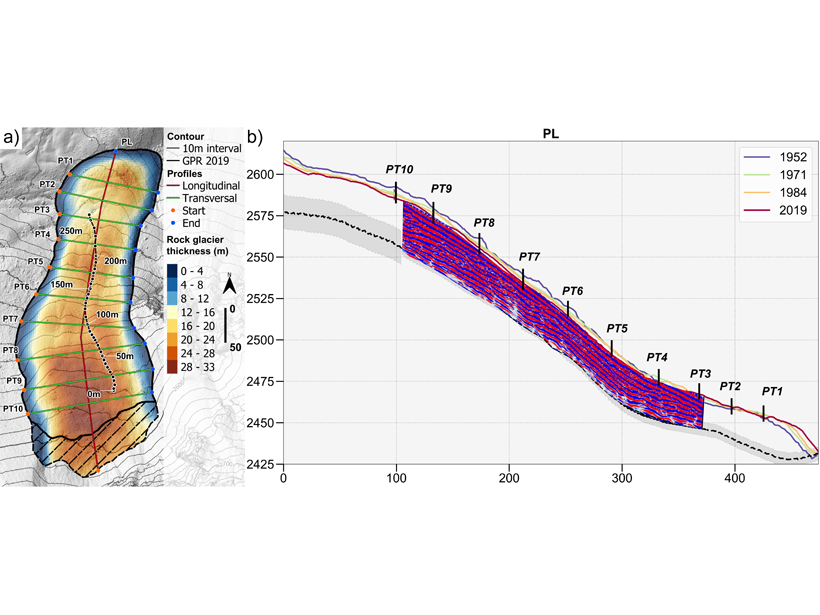Studies of Earth’s critical zone have largely focused on areas underlain by silicate bedrock, leaving gaps in our understanding of widespread and vital carbonate-dominated landscapes.
2021 CC BY-NC-ND
Climate Change Will Alter Cooling Effects of Volcanic Eruptions
New research indicates the cooling effect of rare, large eruptions will increase, whereas the effects of more frequent, smaller eruptions will be reduced.
Satellite Estimates for Hydroclimatic Extremes
A new study corrects poor-performing satellite-based rainfall estimates with gauge data and also fills gauge data gaps using well-performing satellite-based rainfall estimates.
Terms and Conditions
Updated 23 March 2016 THE FOLLOWING TERMS AND CONDITIONS GOVERN YOUR USE OF THIS WEB SITE. PLEASE READ THE FOLLOWING TERMS AND CONDITIONS CAREFULLY BEFORE ACCESSING THIS WEB SITE. IF YOU DO NOT AGREE WITH THESE TERMS AND CONDITIONS, YOU ARE NOT GRANTED PERMISSION BY THE AMERICAN GEOPHYSICAL UNION (“AGU”) TO ACCESS OR OTHERWISE USE […]
Sitemap
About Eos Topics Special Reports Eos Projects Sign Up for Eos E-Newsletters Submit an Article Proposal or Pitch an Idea to Eos
To Understand Hunger in Sub-Saharan Africa, Consider Both Climate and Conflict
Warfare exacerbates the impacts of drought to produce food insecurity crises that last long after the drought has passed, new research documents.
Mission to Venus Could Help Solve an Atmospheric Mystery
NASA’s recently announced DAVINCI+ mission to Venus will probe the planet’s atmosphere, hoping to shed light on the unknown dark patches that surround the planet.
Revealing How Rock Glaciers Respond to Climate Change
Detailed measurements of the geometry and flow of Laurichard rock glacier over 67 years reveal the distinctive behavior of these landforms through periods of warming and cooling.
Small Climate Changes Could Be Magnified by Natural Processes
A new study uses modeling techniques to uncover how small incidents of warming may be turned into hyperthermal events lasting thousands of years.
When Wild Weather Blew Old Sea Ice South
Last winter, an unprecedented high-pressure system over the Arctic drove nearly a quarter of old sea ice into warmer waters, putting it at greater risk of melting.








